Supporting bee welfare
Honeybees depend on beekeepers for their survival in the face of pests and diseases. In turn, bees provide pollination for many of our most valuable crops and yield up their own resources as honey and other products. Managing bees is demanding, complex work, with a lot of competing demands, which change constantly with weather conditions. Taking care of bees is important for beekeepers, whose livelihood as well as professional fulfilment is derived from healthy, vigorous bee colonies.
Bees do not fit the current New Zealand Animal welfare framework – they live in colonies and are not contained within specific areas like fences for animals. But we are using the established animal welfare frameworks for simplicity and comparability.
This code sets out a similar framework to shape and assess bee welfare. Many beekeepers will already meet and exceed these elements. As research and beekeeping practices develop, so too will this Code and its provisions change.
What is the purpose of New Zealand Bee Care Code?
The domains of bee welfare set out in this code specify practices of care that ensure bees are treated humanely with their physical, health and behavioural needs taken into account in the course of beekeeping operations. The life experience of bees is important as it matters to us as a society, how honeybees are treated.
All beekeepers should have an appropriate level of understanding of the measures, as set out below, that help guarantee bee welfare and also of the practices that would put bee welfare at risk.
Domains of Bee Care
1. Nutrition
a) Beekeepers endeavour to ensure their hives have adequate food stores and provide appropriate supplementary feed as required, to maintain colony survival.
Indicators of achievement:
- Hives are sited taking into account requirements for access to water and floral resources.
- Hives have adequate stores to sustain the colony – this may include honey, pollen and supplementary feed.
- Bees are foraging purposefully during suitable weather conditions where nectar and pollen sources are available to them.
2. Physical Environment
a) Beekeepers endeavour to have hives placed to capture sunlight/warmth and sited to avoid permanently shaded or damp locations.
b) Beekeepers provide measures to protect hives from stock damage when necessary
c) Beekeepers provide for the expansion of the colony when necessary, providing space/ventilation to minimise swarming behaviour.
d) During and after natural disasters, safety first, and as soon as safely possible check bee welfare.
Indicators of achievement:
- Hives are accessible
- Healthy, thriving hives
3. Health
a) Undertake appropriate monitoring for the control of known pests and diseases. Conduct pest and disease prevention activities and act on any manifestation of disease with appropriate treatment where practical.
b) Have the knowledge* necessary to identify and manage known bee pests and diseases so that adverse effects on bee health are minimised.
Indicators of achievement:
- Be compliant with the American Foulbrood Pest Management Plan.
- Control measures are employed to protect bees from wasps, parasites, and diseases
4. Behavioural Interactions and Management
a) Provide good practice hive management to ensure bees have sufficient opportunities to exhibit normal patterns of behaviour.
b) Adopt practices that minimise stress to the bees.
c) Transport hives so that loss of bees during transportation is minimal.
d) Where depopulation of hives is necessary, this should be carried out as quickly and humanely as possible.
Indicators of achievement:
- Visually healthy bees, and brood. Appropriate amount of bees to cover and nurse the brood relative to the season.
- Bees orientate quickly to new environment following transportation and begin foraging in suitable conditions where nectar or pollen is available.
- Hives moved an appropriate distance when shifted, to avoid field bees returning to the original location and perishing
5. Comfort and wellbeing
a) Adopt hive husbandry practices to ensure any treatment of bees avoids unnecessary harm and suffering to bees.
Indicators of achievement:
• Bees are healthy, vigorous and engaging in normal behaviours that result in the production of quality beehives, bee products and /or pollination services.
*Current reference guides (2021) for pest and disease management in New Zealand
Control of Varroa – A Guide for New Zealand Beekeepers
By Michelle Taylor and Dr Mark Goodwin (3rd Edition)
Elimination of American Foulbrood Disease without the use of Drugs
By Dr Mark Goodwin (Revised Edition 2018)
Practical Beekeeping in New Zealand
By Andrew Matheson & Murray Reid
